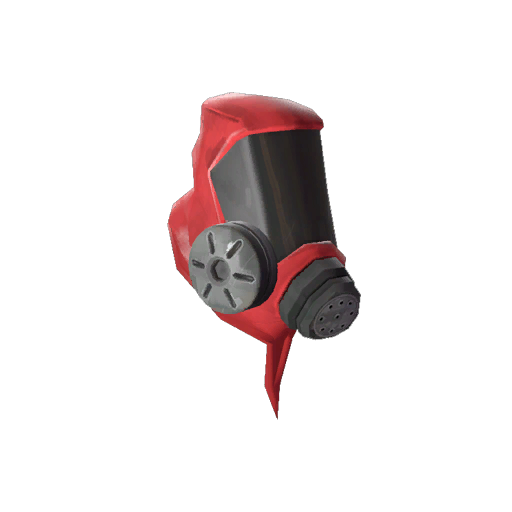Headcase Mac OS
Best Buy customers often prefer the following products when searching for Headset For Macbook. Browse the top-ranked list of Headset For Macbook below along with associated reviews and opinions. Logitech - H390 USB Headset with Noise-Canceling Microphone - Black Model: 981-000014. Jul 05, 2018 Mac OS X 10.14 has stopped placing the include libraries in their usual location, /usr/include, keeping them only inside the XCode directory. To confirm that this is the problem, simply run ls /usr/include. If the result comes out empty, its really this problem. By running find / grep libxml/parser.h I can find the libxml library in several. Get the best deals on Headcase Designs Cell Phone Cases, Covers & Skins for Apple when you shop the largest online selection at eBay.com. Free shipping on many items Browse your favorite brands affordable prices. The Headcase includes: - For Dwight: The Preppy Flatcap and the Millennial Dwight A beige cap fit for high class golf tournaments and deadly runs around the MacMillan Estate. A snazzy haircut or extremely powerful upward winds? OS: 64-bit Operating Systems (Windows 7, Windows 8 & Windows 8.1 or above) Processor: Intel Core i3-4170 or AMD FX.
These steps apply only to Mac computers with an Intel processor. The steps to erase a Mac with Apple silicon are different.
Before erasing your Mac
- Make a backup of any files that you want to keep. Erasing your Mac permanently deletes its files.
- If you want to restore your Mac to factory settings, such as to prepare it for a new owner, first learn what to do before you sell, give away, or trade in your Mac. Then erase your Mac as the final step.

Use Disk Utility to erase your Mac
- Start up from macOS Recovery: Turn on your Mac, then immediately press and hold these two keys until you see an Apple logo or other image: Command (⌘) and R.
- If asked, select a user you know the password for, then enter their administrator password.
- From the utilities window, select Disk Utility and click Continue.
- Select Macintosh HD in the sidebar of Disk Utility. Don't see Macintosh HD?
- Click the Erase button in the toolbar, then enter the requested details:
- Name: Macintosh HD
- Format: APFS or Mac OS Extended (Journaled), as recommended by Disk Utility
- Click Erase Volume Group. If you don't see this button, click Erase instead.
- If asked, enter your Apple ID. Forgot your Apple ID?
- After the erase is done, select any other internal volumes in the sidebar, then click the delete volume (–) button in the toolbar to delete that volume.
Disregard any internal volume named Macintosh HD or Macintosh HD - Data, as well as any volumes in the External and Disk Images sections of the sidebar. - Quit Disk Utility to return to the utilities window.
- If you want to start up again from the disk you erased, select Reinstall macOS in the utilities window, then click Continue and follow the onscreen instructions to reinstall macOS.
If you don’t see Macintosh HD in Disk Utility
Your built-in startup disk should be the first item listed in the Disk Utility sidebar. It's named Macintosh HD, unless you changed its name. If you don't see it there, choose Apple menu > Shut Down, then unplug all nonessential devices from your Mac and try again.
If your disk still doesn't appear in Disk Utility, or Disk Utility reports that the erase process failed, your Mac might need service. If you need help, please contact Apple Support.
Mac Os Catalina
Learn more
Mac Os Download

Mac Os Versions
For more information about using Disk Utility, see the Disk Utility User Guide.